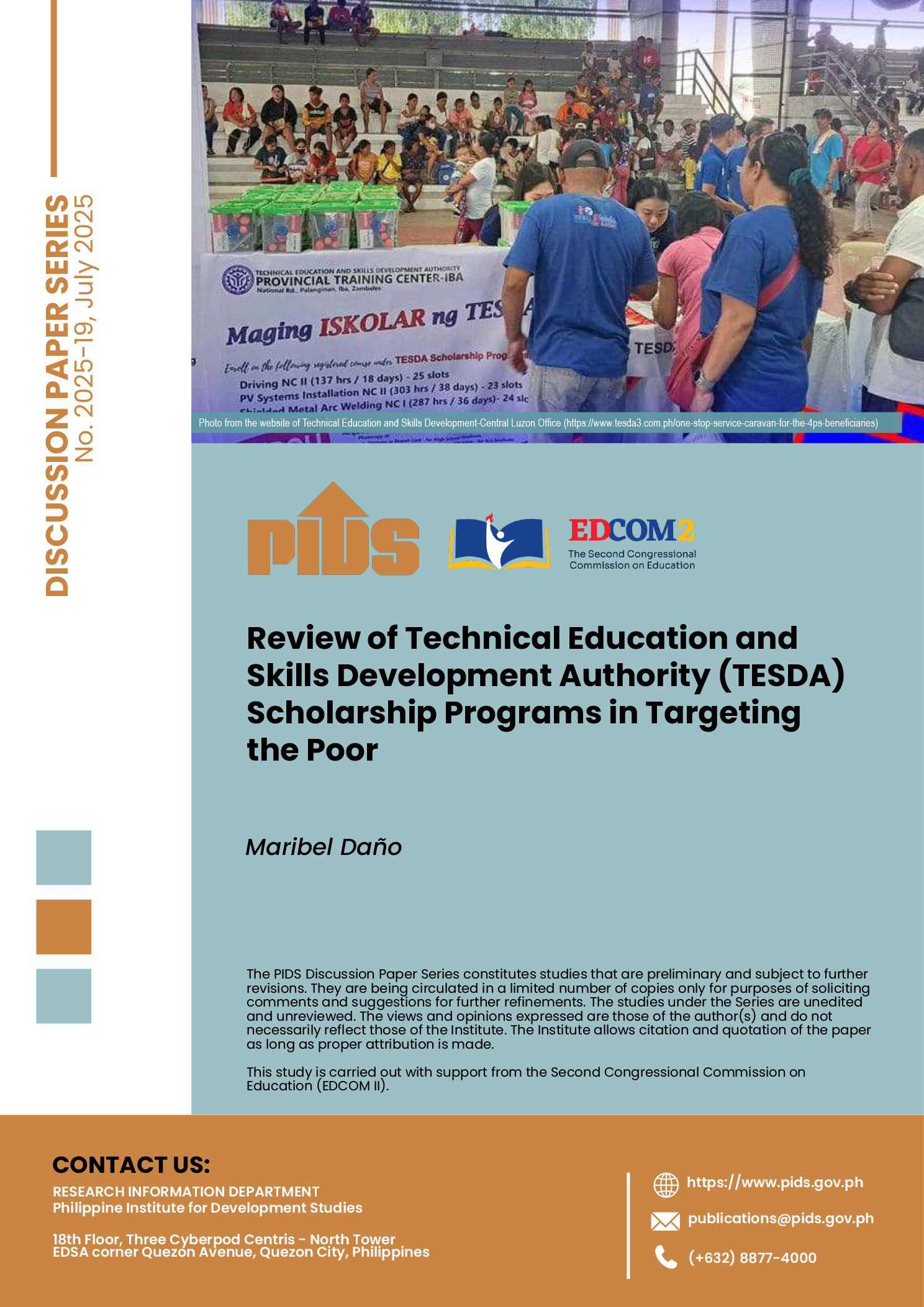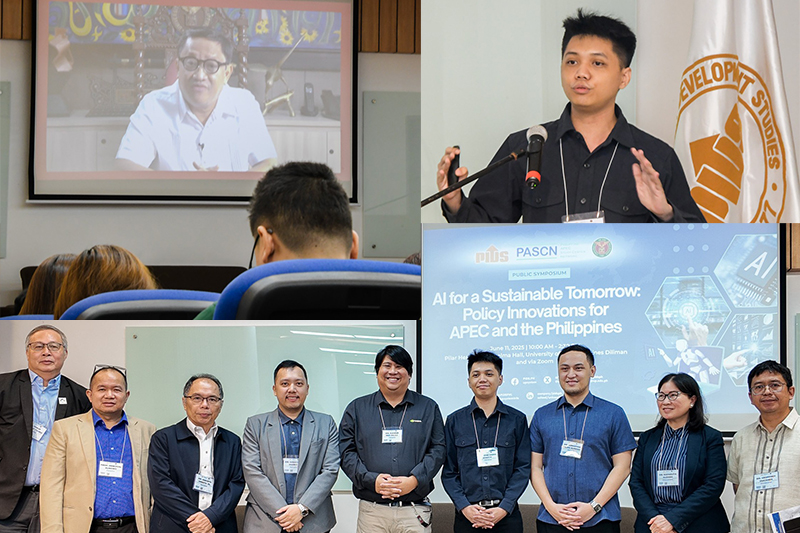AS of this year, approximately 1.8 million Filipinos registered themselves as persons with disabilities (PWDs). Adding to this, a sizable portion of the population, including seniors and individuals with low literacy, qualifies as vulnerable customers.
In a 2021 report published by the Philippine Institute for Development Studies, Filipinos 65 and up had the lowest digital literacy level, with only 18 percent of seniors having at least one ICT skill.
Whether they are impacted by physical disability, financial hardship, poor health, or a recent negative life event, these groups — made up of all kinds of ages and backgrounds — are regularly disadvantaged when trying to access everyday services.
Despite the Philippines' internet penetration of 73.6 percent and 86.98 million internet users as of early 2024, according to the Digital 2024 Global Overview Report, many Filipinos still face challenges in accessing essential services that have been digitized to improve accessibility. Services such as health care, bill payments and social benefit disbursements are increasingly available online.
However, significant gaps remain, like in banking, where the 2021 Financial Inclusion Survey revealed that 34.3 million Filipino adults remain unbanked, highlighting the urgent need for more inclusive and accessible digital solutions that can be navigated easily and securely.
Consideration of accessibility of all customer groups must be a central consideration throughout the planning of digitization efforts and customer experience journeys, and this has never been more important with AI hastening the path to automation. Here, I'll share five tips on building accessibility into your customer experience and why it's a business imperative today.
Consider your expansive customer base
It is important to address the full range of factors that can create accessibility challenges, such as a user's region, (dis)abilities, language, age, access to technology, economic status and immediate environment. For example, older customers may feel shut out from digitally led routes without local translation options. Those with visual impairments will require voice solutions, and neurodivergent customers may have difficulties with certain types of communication.
It may seem simple, but it's important to be open-minded about who your end customer may be — something many brands fall short of doing. We cannot make sweeping generalizations and assume customers have the same needs when it comes to mediums of interaction. In other words, brands should try to understand the range of individual factors (whether permanent or temporary) and situational contexts that may affect vulnerable customers and their ability to get in touch.
After taking steps to understand your customer base, brands need to respond and provide a breadth of communications options that cater to the various life experiences, challenges, and barriers customers face. Gone are the days when a call center alone would suffice — brands need to expand to more mediums, including but not limited to voice, text and digital options. Voice AI technology, for example, is a great way to provide personalized, round-the-clock support. By employing these tools, users will have the autonomy to make individual choices that are relevant to their circumstances, putting them in the driver's seat.
Clear presentation of these communication options is equally crucial. Accessing contact information, such as customer support email addresses or phone numbers, should not be an arduous or convoluted process that compels customers to seek alternative methods, abandon their inquiries, or become entirely discouraged.
Always offer a human connection
Brands must ensure that, in the race to become more digitally driven and automate processes with AI, they don't ignore the need to stay human. We understandably get excited about new digital offerings that enhance customers' interactions with a brand or offer a greater choice of options, but we can't underestimate the need for human interaction. Indeed, while these innovations are game-changers for some, they can be intimidating and perhaps even exclusionary for others.
Maintaining a people-first approach across communications ensures that brands retain their authentic and human connection with customers. This approach also fosters inclusivity by catering to those who may be averse to or lack the necessary resources to utilize digital channels.
Ultimately, pushing a customer down another contact route or providing no options at all does nothing for customer loyalty and satisfaction. For this reason, countries like Spain have implemented legislation so that citizens have the legal right to access a customer service representative, not a chatbot, within three minutes of calling.
Use data to enhance personalization
The value of data in crafting personalized customer experiences is now widely recognized by brands. With modern customer data platform (CDP) technology and advancements in AI, contact center staff can now be equipped to manage inquiries, including those from vulnerable groups, with more speed and personalization than ever before. This means offering the ability to switch between channels as needed to improve accessibility for customers and encourage dialogue.
One customer might prefer speaking verbally to a contact center representative, while another may prefer text-based engagement. Ideally, comprehensive customer profiles should be constructed by aggregating first-party data from diverse sources, including integration with ERPs, inventory management, and billing systems.
Of course, not everything can be solved by technology, and contact center staff training on inclusivity remains essential to ensure they can effectively address customer challenges on a case-by-case basis.
Continue to iterate over time
Providing accessibility is not a tick-box exercise or a nice to have. Brands should engage in a continuous process of understanding their customers' evolving needs, actively identifying accessibility challenges, and soliciting direct feedback. In our everyday lives, we are always learning and expanding our knowledge about ways we can be more inclusive — and brands are no different.
These diverse customer segments represent a significant portion of the market, and catering to their needs is not just a responsibility but a strategic opportunity. By prioritizing accessibility, brands cultivate customer loyalty and position themselves for sustainable growth. Consequently, offering appropriate contact options and personalized interactions becomes imperative for achieving best-in-class customer engagement and driving growth.
Sam Richardson is the executive engagement director for EMEA & APJ at Twilio, a cloud communications company that provides programmable communication tools for making and receiving phone calls, sending and receiving text messages, and performing other communication functions using its web service APIs.












